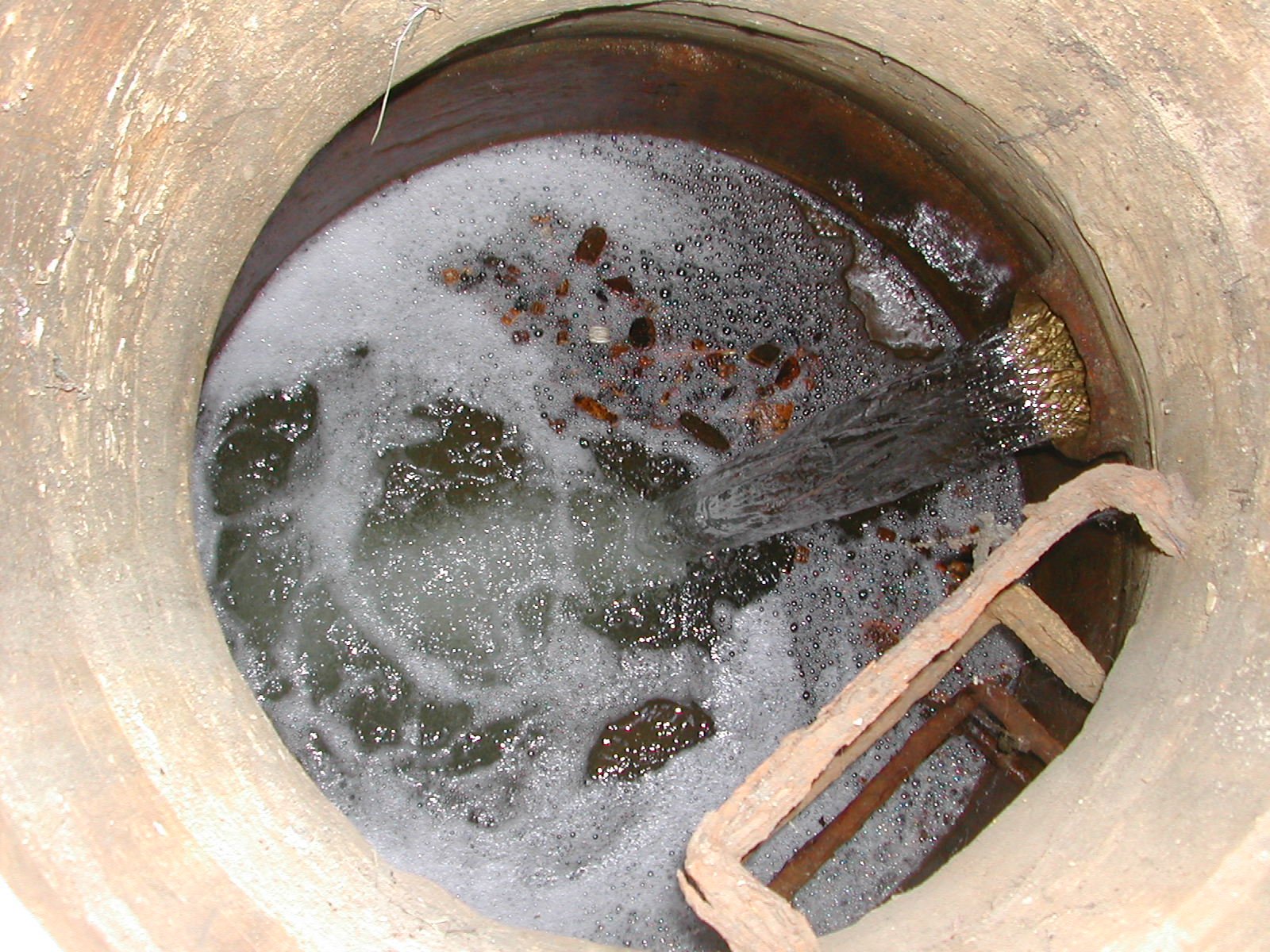Taking a Comprehensive Approach to Sewer Flow Monitoring
The old adage “an ounce of prevention is worth a pound of cure” should be updated to “a million gallons of wastewater saved through flow monitoring is worth millions of dollars, fewer headaches, and happy constituents.”
The new phrase doesn’t really roll off the tongue, but the idea makes sense.
Strictly speaking, hydraulic modeling involved using a computer program to accurately predict the flow characteristics of wastewater through the pipelines of a sanitary sewer system. Weaknesses within the system are located by running simulations of design storm events (typically 5- or 10-year events) through the model to estimate the reaction to increased flows due to inflow and infiltration (I/I). To calibrate the model, engineers use flow data collected from various strategic locations within the collection system.
The result is a report that can be used to assure the municipality or sewage district that the collection system meets current and future needs, or warns if parts of the system are under-capacity or require rehabilitation and/or replacement.
Looked at more broadly, however, “hydraulic modeling” also includes other supporting functions.
In hydraulic modeling, a key support function is sewer flow monitoring done by the agency itself or – more commonly – a flow monitoring service retained by a consulting engineering firm under contract by the agency to develop the hydraulic model. Flow monitoring equipment is placed in selected manholes to measure and record the depth and velocity of the wastewater moving past that point to determine a flow rate. These measurements, combined with collected rainfall data, can be used to determine the change in flow rates and the intensity of I/I during rainfall events.
The responsibilities of the sewer flow monitoring service typically end at providing the engineers with the level and velocity data. But for the consultants and their agency clients, stopping at flow monitoring alone often results in their missing out on a valuable opportunity because in many cases a little extra investigative work could provide huge dividends. With a more comprehensive approach – bundling sewer flow monitoring services with other inspection and facility assessment capabilities – it’s often possible to pinpoint a specific I/I source during the initial phase of the project rather than years later, as often happens when repairs will be far more difficult and costly.
Sewer flow monitoring technicians have years of experience observing flows within the collection systems, and they visit the collection system at multiple locations as part of their work. As a result, they often come across evidence or have strong suspicions regarding sewer pipelines or basins contributing to I/I. If the consulting engineers and sanitary sewer agencies agree to put a little extra into the budget upfront, various I/I tracking techniques could be used to track down the source of I/I right then and there. That way, small problems can be dealt with while they are still small, which saves the agency a lot of time and effort in the long run.
Hydraulic modeling of wastewater collection systems occurs as part of the master planning process, and economic realities tend to dictate that sewer flow monitoring is offered and regarded as a low-cost “commodity” service. Unfortunately, a wastewater collection system is neither uniform nor predictable, and a hydraulic model is only a theoretical construct. It can help predict how the system will behave under certain storm event conditions, and it can isolate certain basins and expose the system’s limitations from a pipe-capacity point of view. But if what is needed is specific and actionable information, there’s no substitute for field-verified data.
Public works departments and agencies should elevate sewer flow monitoring from its customary status as a commodity service and broaden its scope. This can be accomplished in several ways:
Increase Knowledge. Give sewer flow monitoring technicians extra training and furnish them with information such as maps of the drainage basins, knowledge of the problem areas, and prior sanitary sewer overflow locations. If team members are allowed to take action where warranted, they often can identify or eliminate potential problems. A little extra work can potentially accomplish what later would require many hours of effort to set up a separate study. The field crews could also collect data for the agency’s permanent archive and confirm such seemingly obvious “details” as pipe diameters and locations, which often do not agree with existing documentation.
Include the Engineer. In an ideal world, every sewer flow monitoring crew might include an engineer, since the engineers – trained and interested in solving the wastewater district’s problems from the master planning perspective – often can spot things that even a well-trained, experienced field technician might overlook. It’s probably overoptimistic to suggest such a thing is possible, but the numbers do support the idea, since the hourly fee for an engineer is vanishingly small when measured against the value of the assets concerned.
Document Actual Condition of Collection System. Being able to show that steps have been taken to identify and correct problems can keep public works or wastewater districts in good favor with the various regional, state, and federal oversight agencies.
Such an all-encompassing approach may not be possible in a medium or large city or district with its dense urban infrastructure. But even there, it could be applied to one or two large basins that were already identified as problems in the previous master plan. And for small areas with limited resources, this approach can pinpoint problems far more quickly and cost-effectively than with other conventional methods.



